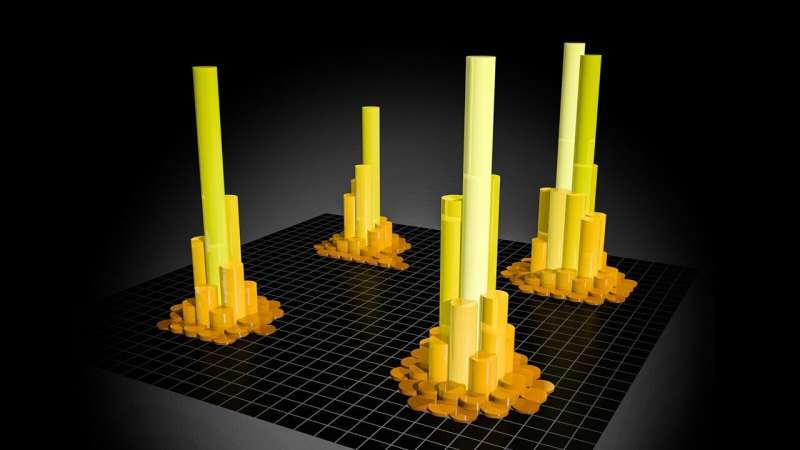The use of artificial intelligence increases the efficiency of rooftop solar panels

Using artificial intelligence (AI) methods, Mohammed Aslani, a researcher in geographical information science at the University of Gävle, has developed a process that improves the placement of rooftop solar panels through several stages.
It is difficult to determine how much electricity rooftop solar panels can produce. House owners can benefit from solar panels by investing in them. In order to maximize the amount of electricity that can be generated on the roof, the challenge is to decide how many panels to install and how they should be positioned.
As a result of having too many solar panels on the roof, the owner does not receive a large amount of money when the panels are sold on the market. In relation to the total cost of investment, too few solar panels does not generate enough electricity. Solar panels are expensive, which is why we must find the right balance to make the investment as profitable as possible for consumers.
According to Mohammad Aslani's doctoral thesis, he and Stefan Seipel, professor of computer science, developed AI methods that can be applied to a multiple-step process used to assess the potential of rooftop solar panels. Urban planners and real estate companies can use these methods on both a micro and a macro level.
"This research is useful as a basis for making decisions. It is critical for an urban planner to provide an accurate assessment of solar energy potential for the entire neighborhood, both economically and environmentally," said Mohammad Aslani.
An AI engine can, in a first step, identify all roofs in a photo of a neighborhood using publicly available cadastral maps, aerial photographs, and point target data. After assessing the slope and orientation of the roof, it moves on to the next step. The third step involves assessing each roof's structure, including chimneys and angles. As a final recommendation, the report suggests how many solar panels should be installed on each roof, and how they should be positioned in order to maximize efficiency. To complete the process outlined above, six different AI engines are used: two for each step.
A new AI method was found to be significantly more accurate in two case studies, one in Gothenburg and one in Uppsala.
"Present methods tend to overestimate energy efficiency since they are not as detailed as ours. They do not take into account the spatial details that affect or obstruct solar panel placement as much as our method does," Stefan Seipel says.
In the next step of Mohammad Aslanis' research, he will develop an artificial intelligence (AI) that will consider the energy demand of a building when calculating the number of solar panels to install.
Alternatively, Mohammad Aslani would like to do research on how to build buildings and roofs in order to maximize the use of solar panels.
Src: University of Gävle



Comments ()